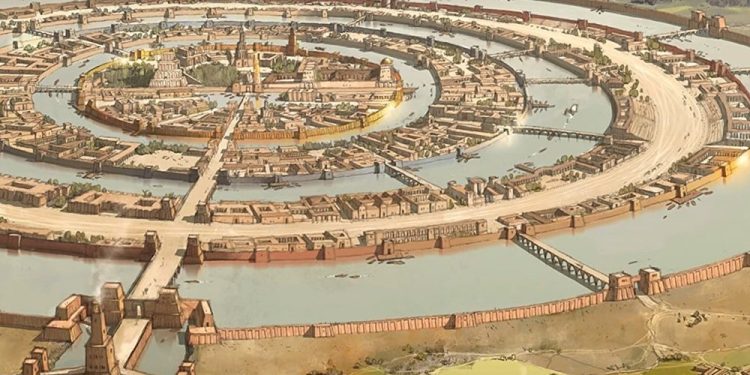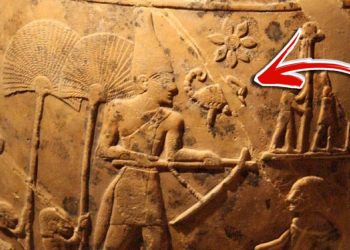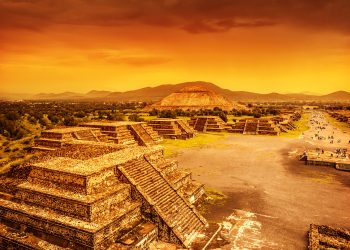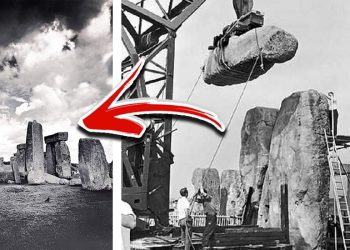One of the most searched-for ancient, lost cities is, and will probably always be, Atlantis. This mythical city, belonging to the mighty Atlantean empire, was first introduced by Greek Historian and philosopher Plato, who in 360 BC introduced Atlantis in his work Timaeus:
“For it is related in our records how once upon a time your State stayed the course of a mighty host, which, starting from a distant point in the Atlantic Ocean, was insolently advancing to attack the whole of Europe and Asia to boot. The ocean was navigable at that time; for in front of the mouth, which you Greeks call, as you say, ‘the pillars of Heracles,’ there lay an island larger than Libya and Asia. It was possible for the travelers of that time to cross from it to the other islands and from the islands to the whole continent against them, encompassing that veritable ocean. For all that we have here, lying within the mouth of which we speak, is evidently a haven having a narrow entrance; but that yonder is a real ocean, and the land surrounding it may most rightly be called, in the fullest and truest sense, a continent. Now in this island of Atlantis, there existed a confederation of kings, of marvelous power, which held sway over all the island and many other islands and parts of the continent.”
So, Atlantis, where are you?
But no matter where you look, the work presented by Plato is the only one that seems to mention the existence of Atlantis. Despite lacking further historical evidence, explorers, adventurers, archeologists, and scholars have searched for the ‘sunken kingdom of Atlantis for decades. None have found it so far, despite numerous contrary claims. A Biblical researcher has argued that Atlantis never disappeared, as Plato wrote in Timaeus, but it’s still in fragments in the middle of the Holy Land.
The Bible and… Atlantis?
Ryan Pitterson, a researcher and writer who is an expert in Hebrew and theology, argues that there is a connection between what Plato wrote about Atlantis and the stories of Biblical giants known as the Nephilim. The Nephilim were the offspring of the “sons of God” and the “daughters of men” before the Deluge, according to Genesis 6:1-4. A similar or identical biblical Hebrew term, read as “Nephilim” by some scholars or as the word “fallen” by others, appears in Ezekiel 32:27. As the Bible explains, the Nephilim were half-human, half-gods. Pitterson proposed his theory during a radio interview.
Mixing up myths
He explains that the stories of the Nephilim are nearly identical to tales of the Greek God Poseidon, said to have ‘fathered children’ to a human woman in Atlantis. The researcher writing in his book “Judgement of the Nephilim” explains that Plato’s description of Atlantis matches biblical records of a mysterious stone structure in Israel called the Galgal Refaim (“wheel of ghosts”) or Gilgal Refaim (“circle of giants” in reference to a biblical race of giants) in Hebrew, also known as Rujm el-Hiri.
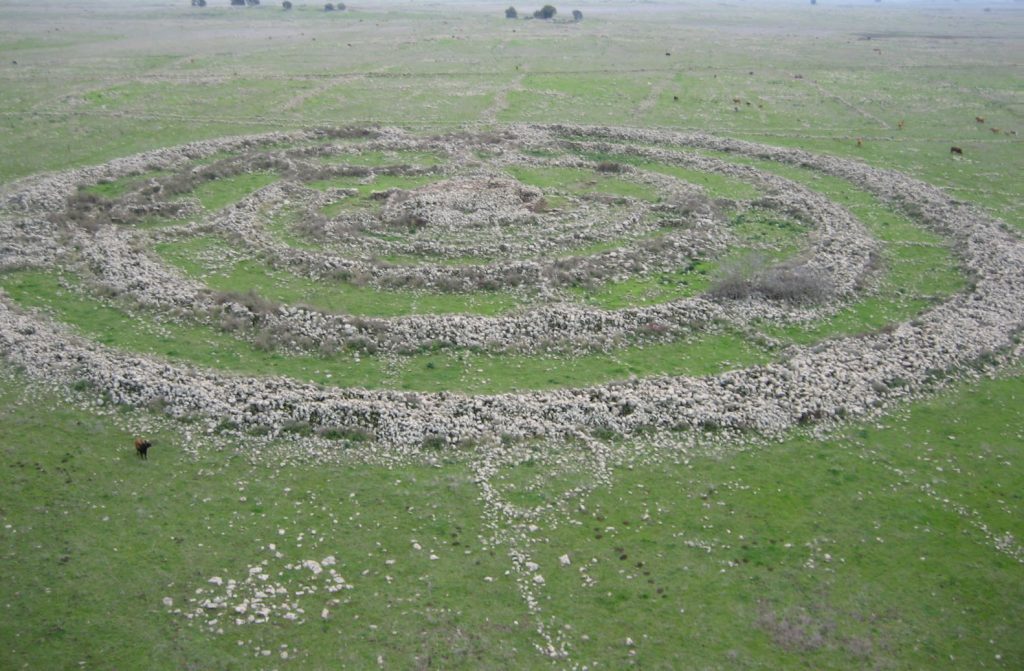
There are many places people say belong to Atlantis
Pitterson revealed in the interview that “One example that stood out for me is Plato’s description of Atlantis. It’s almost remarkable how similar it is to Ezekiel 31, which describes the rise of this fallen angel spawning many children and having a kingdom with an abundance of resources and rivers as well as a military power and then having it crumble. In Plato’s account, the Greek god Poseidon fell in love with a human woman and impregnated her.”
An interesting site, but far from Atlantis
Made up of more than 42,000 basalt rocks arranged in concentric circles, Rujm el-Hiri has a mound 15 feet (4.6 m) tall at its center. Some circles are complete, others incomplete. The outermost wall is 520 feet (160 m) in diameter and 8 feet (2.4 m) high. The establishment of the site and other nearby ancient settlements is dated by archaeologists to the Early Bronze Age II period (3000–2700 BCE). But the sheer size of Atlantis is perhaps incomparable to what Patterson proposes.
What Plato wrote
According to Plato, “There lay an island which was larger than Libya and Asia together; and it was possible for the travelers of that time to cross from it to the other islands, and from the islands to the whole of the continent over against them which encompasses that veritable ocean.”
The “Stonehenge” of the Middle East
While Rujm el-Hiri, nicknamed Stonehenge, the Middle East, was built in concentric circles just as Plato suggested Atlantis was, that’s about the only thing that connects this archeological site to Atlantis. “So right from the onset, it was a god coming to an Earthly realm and conceiving a child with a human woman in the same fashion as Genesis 6. Atlantis is described as having all sorts of great minerals — gold, precious minerals — and in a biblical account in Genesis 2, we’re told the rivers that ran out of the Garden of Eden encompassed the whole line of Avila”, Pitterson explained. Evidence of Atlantis? I think not.
Have something to add? Visit Curiosmos on Facebook. Join the discussion in our mobile Telegram group



